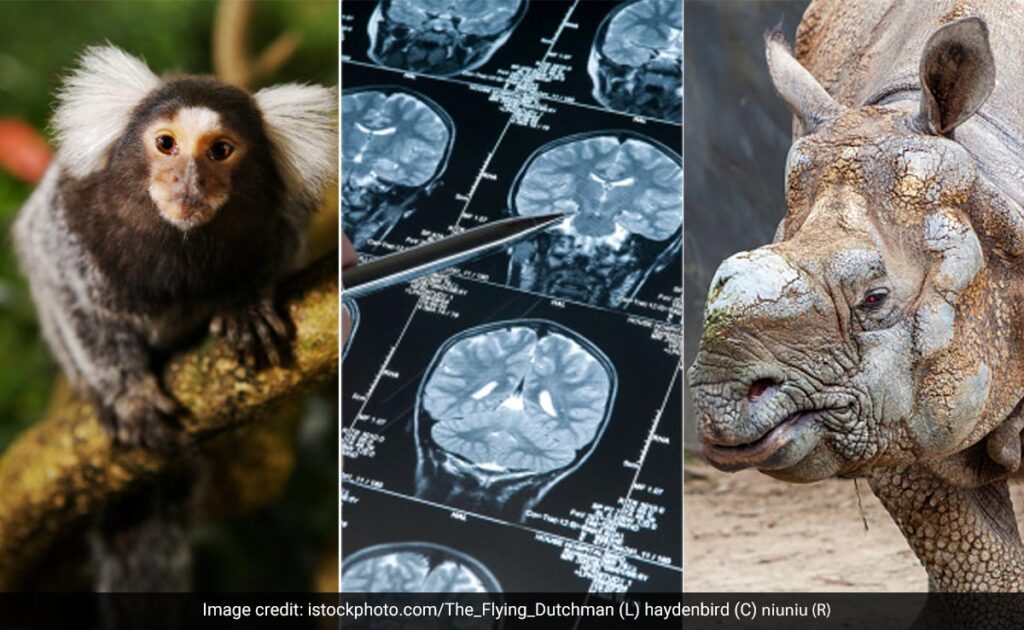
In a groundbreaking achievement, Australian scientists have made a significant discovery that boosts oil production in plants, paving the way for the development of sustainable biofuels, including environmentally friendly aviation fuel.
According to Dr. Thomas VanHerke from CSIRO, the driving force behind this innovation was the global demand for the production of enhanced vegetable oils without compromising food security. This achievement is expected to play a decisive role in developing the production and use of biofuels.

In a major medical advance, the injectable HIV treatment lenacapavir has been hailed as a breakthrough of 2024 by Science magazine. This innovative treatment has shown extraordinary promise in preventing new HIV infections, as demonstrated by two large-scale clinical trials.
Despite the ongoing challenge of HIV, which affects more than 1 million people globally each year, lenacapavir offers a beacon of hope. Although a vaccine is still a long way off, this pioneering treatment provides a crucial alternative. As Science magazine noted, “But this year the world got a glimpse of what could be the next best thing: an injectable drug that protects people for six months with each dose.”
Discovery of a giant Earth in the habitable zone

A team of astronomers has made an exciting discovery, discovering a planet orbiting a star located approximately 137 light-years from Earth. The planet, called TOI-715 b, is a “super-Earth” with a diameter about 1.5 times that of Earth.
What’s particularly exciting about TOI-715 b is its orbital location within the star’s habitable zone, where temperatures are likely suitable for liquid water to exist on its surface. This raises interesting possibilities about the planet’s potential to support life.
Stem cells could save giant pandas from extinction

In a major leap forward in conservation efforts, a team of scientists led by Jing Liu, a renowned stem cell biologist, has made a groundbreaking discovery that could save the giant panda from extinction.
Liu’s team has successfully produced induced pluripotent stem cells (iPSCs) from giant panda skin cells, paving the way for a revolutionary new approach to environmental conservation. This cutting-edge technology has already shown promising results in the conservation of other endangered species, including the Sumatran rhino, Grevy’s zebra, and the Tasmanian devil.
Marmoset monkeys use “names” for each other

In a startling discovery, scientists have discovered that young marmosets possess a unique form of communication, using personal vocalizations to “name” and address specific individuals within their social group.
By analyzing high-pitched conversations between pairs of marmosets in a controlled environment, researchers identified distinct vocal patterns, known as “phee calls,” that function as a form of introduction and greeting.
World’s first rhino artificial insemination could save species

Scientists in Berlin have announced the first successful transfer of white rhino embryos using a method that offers hope of saving the endangered northern white rhino subspecies from extinction.
New medical advances in embryo transfer offer hope for Africa’s northern white rhino, where only two remain.
The northern white rhino is found throughout central Africa, but poaching, fueled by the demand for rhino horn, has decimated its wild numbers.
Diagnostic power of menstrual blood

A long-ignored bodily fluid is emerging as a treasure trove of health data: menstrual blood. Instead of disposing of it as waste, researchers are now harnessing the unique composition of menstrual blood to gain valuable insights into human health.
The complex mixture of cells, proteins, and microorganisms found in menstrual blood has been shown to hold diagnostic potential for a range of conditions, from hormonal imbalances and cervical cancer to endometriosis, chlamydia, and diabetes. This innovative approach to health monitoring has already received significant attention, with the US Food and Drug Administration recently approving the first-ever health test using menstrual blood.
Complete map of the fruit fly brain

In a groundbreaking achievement, a research team supported by the National Institutes of Health (NIH) has created the first comprehensive atlas of neural connections in the brain of the humble fruit fly. This complex map reveals the brain’s complex wiring and highlights the fundamental signals that govern healthy brain function.
The importance of this achievement extends beyond the fruit fly itself. As a model organism widely used in scientific research, the Drosophila brain map serves as a vital model for understanding the neural circuits that govern behavior and function in more complex brains, including our own.
Simple blood test for Alzheimer’s disease proven to be 90% accurate

A revolutionary study has yielded remarkable results, confirming the exceptional accuracy of a new blood test to detect Alzheimer’s disease in a real-world healthcare setting. This breakthrough may be the culmination of a long-term quest for a clear and reliable diagnostic tool.
Traditionally, diagnosing Alzheimer’s disease requires expensive and invasive procedures, such as positron emission tomography (PET) scans and cerebrospinal fluid tests. In contrast, this innovative blood test measures plasma Phospho-Tau217 levels, providing a faster, more convenient and less invasive alternative. The test’s stunning performance in a routine healthcare trial heralds a new era in Alzheimer’s disease diagnosis, potentially changing the lives of millions around the world.
Brain cell restoration

In a major breakthrough, researchers have discovered a potential treatment for Timothy Syndrome, a rare and debilitating genetic disorder that affects brain development. Using a new type of drug called an antisense oligonucleotide, scientists were able to reverse the harmful effects of the mutation, allowing human brain cells to grow and function normally.
This innovative approach not only offers hope for individuals with Timothy syndrome, but also has far-reaching implications for the treatment of other genetic disorders. The same therapeutic strategy could be applied to conditions such as schizophrenia, epilepsy, ADHD, and autism spectrum disorder, paving the way for new and effective treatments for these complex and often devastating conditions.







